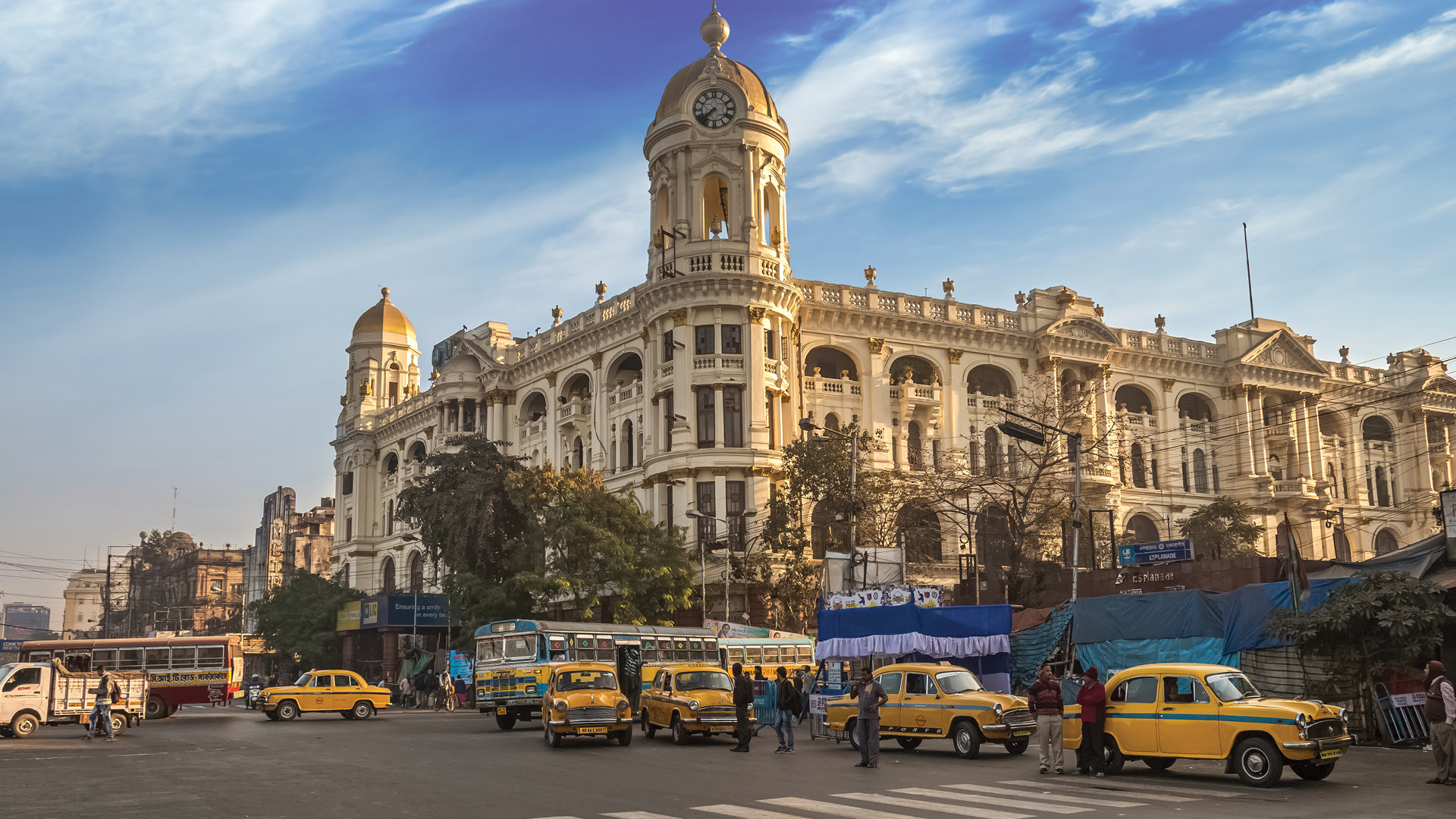“The Developmental Journey of West Bengal: A Contrast with Mumbai and Delhi”
West Bengal’s development trajectory has been distinct from that of Mumbai and Delhi, shaped by a complex interplay of historical, political, and economic factors.
Historical Context: The Colonial Era West Bengal, once the capital of British India, was a major commercial and political center. However, the partition of Bengal in 1947 had profound implications. While Mumbai and Delhi thrived as centers of trade and governance, respectively, West Bengal faced significant challenges due to the influx of refugees and the loss of capital and resources1.
Post-Independence Industrial Decline In the decades following independence, West Bengal experienced industrial stagnation. Factors such as labor unrest, political turmoil, and infrastructural constraints contributed to the decline of traditional industries, while Mumbai and Delhi diversified their economies and attracted foreign investment1.
Political Landscape The political landscape of West Bengal has also played a role. Long periods of single-party rule led to policies that sometimes hindered economic liberalization and private investment, which were more aggressively pursued in Mumbai and Delhi1.
Geographical Constraints Geographically, West Bengal’s location away from the main national corridors of commerce and its vulnerability to natural calamities like cyclones have also affected its development prospects1.
Recent Efforts and Prospects In recent years, there have been concerted efforts to revitalize West Bengal’s economy through infrastructure development, special economic zones, and IT sector growth. Kolkata, the state’s capital, is emerging as an IT hub, and there are signs of a broader economic revival1.
In conclusion, the developmental disparities between West Bengal and cities like Mumbai and Delhi are rooted in historical events, political choices, and geographical realities. While West Bengal has faced unique challenges, it is on a path of economic transformation, aiming to bridge the developmental gap.
For a more detailed exploration of West Bengal’s developmental history and its comparison with Mumbai and Delhi, further research into the region’s economic policies, industrial growth, and urban planning initiatives would be beneficial.




